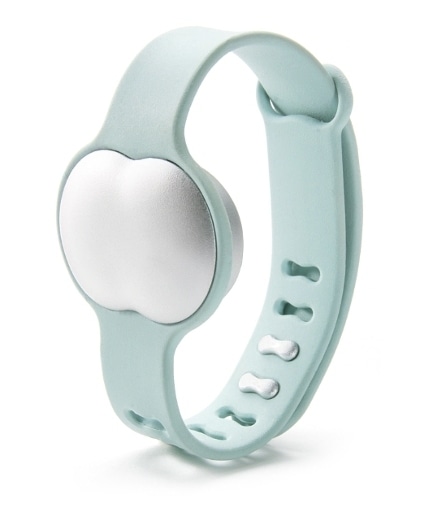Jul 27 2016
Ava, a medical technology company focused on innovations in women's reproductive health, today announced the official launch of its first product—the Ava bracelet, a fertility tracking wearable that uses new technology to detect a woman's fertile window.
 Ava fertility-tracking bracelet (PRNewsFoto/Ava)
Ava fertility-tracking bracelet (PRNewsFoto/Ava)
Ava is the first fertility-tracking device to identify the fertile days during a woman's cycle in real-time. Since Ava's bracelet sensors collect data continuously throughout the night, it accurately detects in advance an average of at least five fertile days per cycle without the hassle, messiness, and invasiveness of other methods like ovulation sticks and BBT thermometers. A user simply wears the Ava bracelet while sleeping and syncs it with the Ava app in the morning.
An FDA-approved Class One medical device, the Ava bracelet was proven in a recently concluded clinical study at the University Hospital of Zurich to detect an average of 5.3 fertile days per cycle with 89 percent accuracy. The year-long study was conducted under the leadership of Prof. Brigitte Leeners, a world-renowned expert on the mathematical modeling of menstrual cycles. Results will be published in a major medical journal later this year.
"Women spend so much time and emotional energy trying to accurately track their cycles, often using multiple methods in tandem," explains Prof. Leeners. "Timing intercourse around ovulation is critical for conceiving, but the current options for doing so are inadequate. We're long overdue for a device like Ava that detects the fertile window precisely and easily."
Each night, Ava's sensors collect three million data points around physiological parameters including pulse rate, breathing rate, sleep quality, heart rate variability, temperature and more that correlate with the rise in reproductive hormones estradiol and progesterone. With this information, Ava is able to detect a woman's entire fertile window.
"After a lifetime spent trying to avoid pregnancy, couples who begin trying to conceive often don't realize how difficult it can be to get pregnant. For most women, there are only about six days per month where there is any possibility of conceiving, and only three days per month where it is likely," explains Ava Science CEO and co-founder Lea von Bidder. "Even under the most favorable conditions—a young, healthy couple having frequent unprotected intercourse—there is only about a 25 percent chance of getting pregnant in a given month."
According to most experts, for many couples, the odds are even lower. "Even if you're tracking your periods to try to optimize your timing for conception, only about 30 percent of women have fertile windows that fall entirely within the time that clinical guidelines predict," explains von Bidder. "That's why an accurate, reliable way to detect the full fertile window is such a breakthrough. Ava can cut the time it takes to get pregnant in half."
Ava is available now at AvaWomen.com for $199.